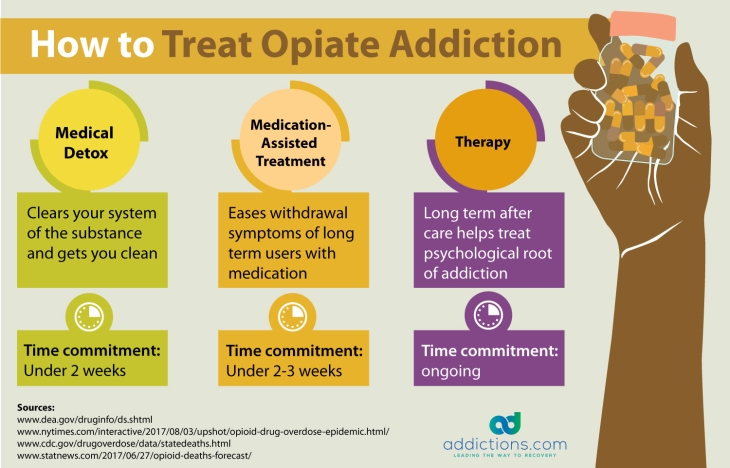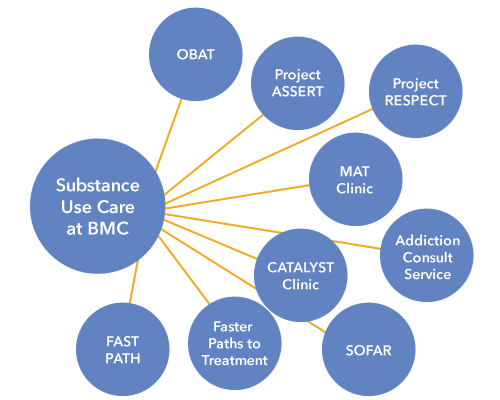The Twelve Step/Disease Model/Minnesota Model is a detailed, multi-disciplinary technique to the treatment of addictions which is abstaining oriented and based upon the principles of Twelve step programs. There are a range of components that are commonly related to primary treatment when using this model and they consist of: group treatment, lectures, recuperating persons as therapists, multi-disciplinary personnel, a healing milieu, healing work projects, household therapy, the use of a Twelve Step program, daily reading (Twelve Action literature) groups, the presentation of a biography, attendance at AA/NA conferences and the opportunity for recreation/physical activity.
Regional AA/NA groups offer the essential of the aftercare phase. This model focuses on chemical reliance as the primary problem. It is neither blaming nor punitive and it views seeking treatment as a suitable response. E.M. Jellinek was one of the most prominent contributors to the illness idea of alcohol addiction.
This stage needs medical tracking of withdrawal because of the severe signs that develop when alcohol consumption is stopped. More current research studies recommend that not all alcoholics reach this stage. In fact, possibly most do not. This model is by far the most widely http://zanderyzhe756.jigsy.com/entries/general/an-unbiased-view-of-why-detox-befroe-addiction-treatment pre-owned treatment design. Using the Twelve Actions, people are guided through a process of comprehending the nature and level of their alcohol/drug problem, Addiction Treatment Facility how their special qualities create barriers and/or strengths for healing, and the importance of counting on a power or powers greater than themselves rather than determination.
Treatment highlights admitting powerlessness over alcohol, and advocates embracing the standards and worths of a brand-new social group, the AA self-help group, in order to attain overall abstinence. what is addiction treatment like. These programs normally offer the finest match for persons with the following attributes; physically reliant on alcohol, gain from the support of a self-help group, and have a spiritual orientation.
The program capacity typically will vary in size and inpatient remains historically had to do with 28 days but have been severely shortened mainly due to the fact that of funding factors to consider. Day outpatient services and night outpatient services are topped a longer period and tailored to the requirements of the individual. In addition to the healing portion of the program, as the name recommends, this model also attends to the physical/health/medical needs of the patient.
Symptomatic medical treatment may be needed for poor nutrition, liver issues or other health care issues. Twelve-Step programs highlight treatment activities such as participating in Twelve Step meetings in the neighborhood and/or center, and taking part in psychotherapy groups that cover subjects such as working the steps, utilizing the Big Book, and composing an autobiography.
There is likewise a focus on a strong aftercare strategy to support ongoing healing after treatment conclusion. Normally, aftercare plans include securing a safe, sober living environment; attending AA or other Twelve Action support conferences numerous times each week; securing a sponsor in AA; and continuous support and therapy sessions to continue the work started in treatment.

Little Known Questions About What Is The Operational Recovery Of Addiction Treatment.
The counselor helps the person examine his/her environment and ways of responding to cues to use alcohol or drugs, and establish brand-new patterns of action to those hints. The Cognitive Behavior Modification Design is based on cognitive therapy which is a system of psychiatric therapy that tries to lower excessive psychological responses and self-defeating habits by customizing the malfunctioning or erroneous thinking and maladaptive beliefs that underlie these reactions (Beck et al.
Cognitive Behavioral Treatment (CBT) is especially comparable to cognitive therapy in its focus on practical analysis of compound abuse and recognizing cognitions associated with drug abuse. It varies from cognitive treatment primarily in terms of focus on identifying, understanding, and changing underlying beliefs about the self and the self in relationship to drug abuse as a main focus of treatment.
Initial methods stress behavioral elements of coping (e. g., preventing or leaving the situation, diversion, and so on) instead of believing ones escape of a scenario. This type of program requires participation in relapse prevention groups and therapy groups along with training in cognitive skills, behavioral skills, and abstinence abilities.
CBT is a short-term, focused method to assisting chemically dependent individuals become abstinent from alcohol and other substances. The underlying assumption is that the learning procedures play an important function in the development and extension of alcohol and substance abuse and dependence. CBT attempts to assist patients acknowledge the scenarios in which they are more than likely to use alcohol and/or other drugs, prevent these scenarios when proper, and cope more effectively with a variety of issues and problematic habits related to substance abuse.

Early in treatment, the functional analysis plays a vital role in helping the client and therapist examine the factors or high-risk circumstances, that are most likely to lead to chemical use. It also offers insights into some of the reasons the individual may be using alcohol and/or other drugs (e - how effective are religious drug addiction treatments to regular treatment centers. g.
Later on in treatment, functional analyses of episodes of chemical usage might determine those circumstances or states in which the individual still has problem coping. Training concentrated on interpersonal skills and methods to help patients expand their social assistance networks and develop long-lasting, drug-free relationships is a vital component of the treatment procedure.
Clients are better able to build relationships with the therapist in time, and have more versatility in scheduling sessions. Likewise, the relatively high rates of retention in More help programs and research studies might reflect, in part, specific benefits of private treatment. CBT is typically offered in 12-16 sessions, typically over 12 weeks.
7 Easy Facts About How Long Do Addiction Treatment Centers Let You Stay Shown
In a lot of cases, this is enough to cause continual improvement for as long as a year after treatment ends. Treatment is typically delivered as an outpatient service concentrating on comprehending the factors of substance usage. By understanding who the patients are, where they live, and how they spend their time, therapists can develop more fancy functional analyses (acupuncture & addiction treatment: what you need to know).
CBT is generally not proper for those who have psychotic or bipolar conditions and are not stabilized on medication; those who have no stable living plans; or those who are not medically stable. CBT is extremely compatible with a variety of other treatments consisting of pharmacotherapy; self-help groups such as Twelve step programs; family and couples therapy, trade counseling, and parenting abilities training While Twelve Step meeting participation is not required or encouraged in CBT, some patients discover attending meetings practical in their efforts to become or remain abstinent.
However, therapists will likewise motivate clients to establish a variety of other techniques. The attributes that differentiate CBT from other treatment methods include: practical analyses of compound abuse; individualized training in acknowledging yearning, managing thoughts about substance use, problem-solving, preparing for emergency situations, acknowledging apparently irrelevant choices, and refusal abilities, assessment of the patients cognitive procedure related to compound use, the recognition and debriefing of past and future high-risk situations, the motivation and evaluation of extra-session implementation of abilities and the practice of abilities within sessions.